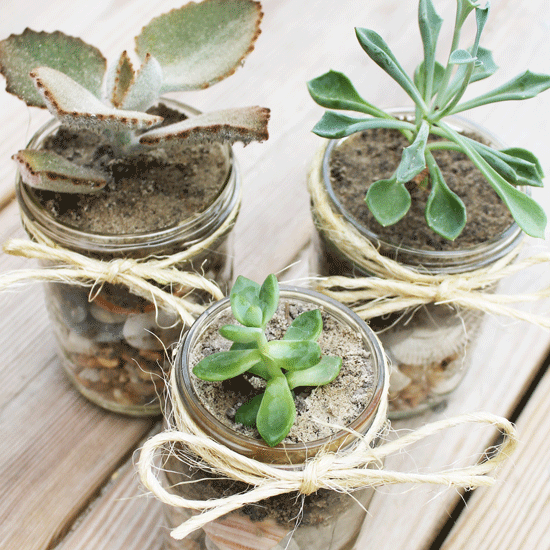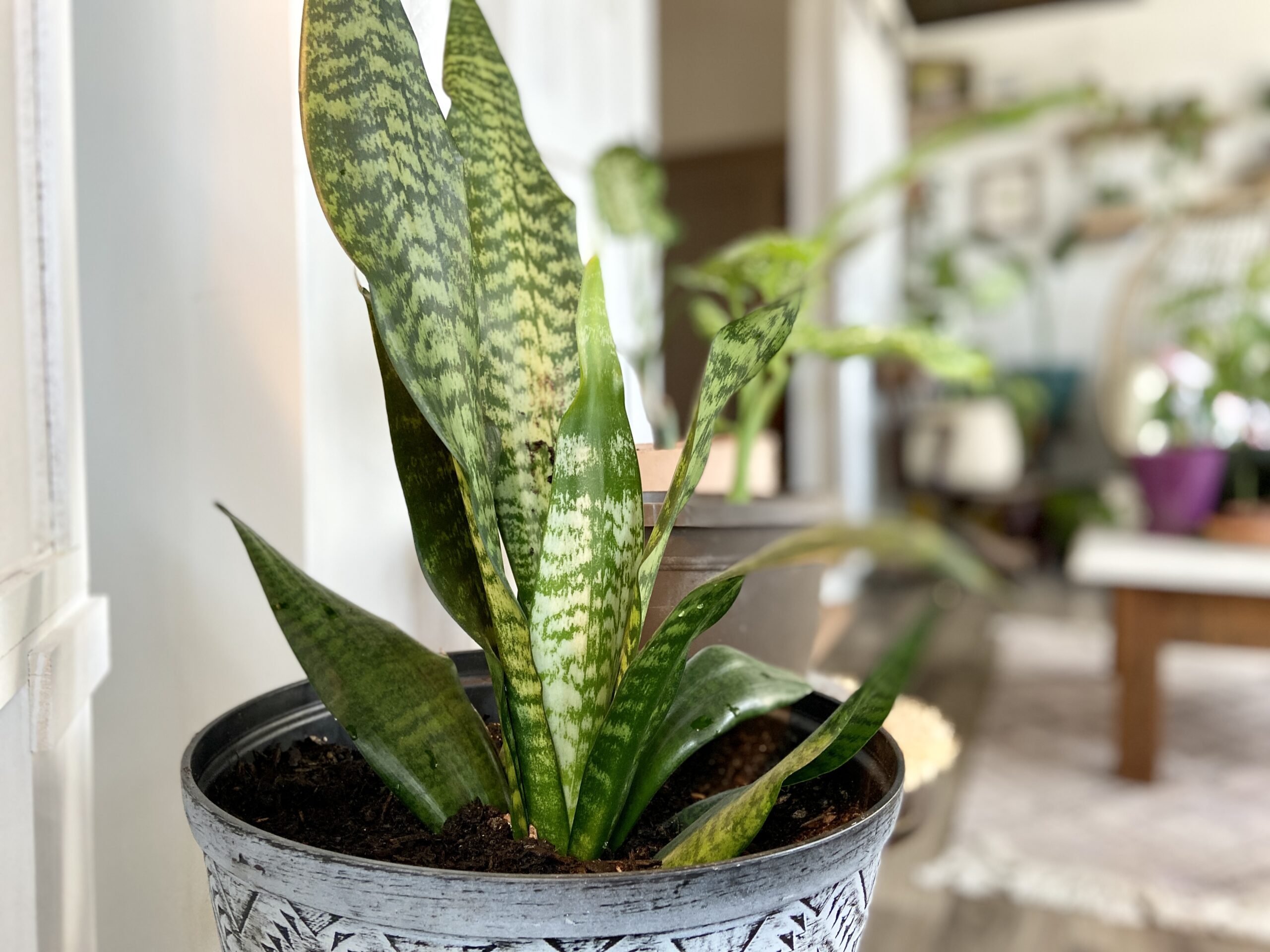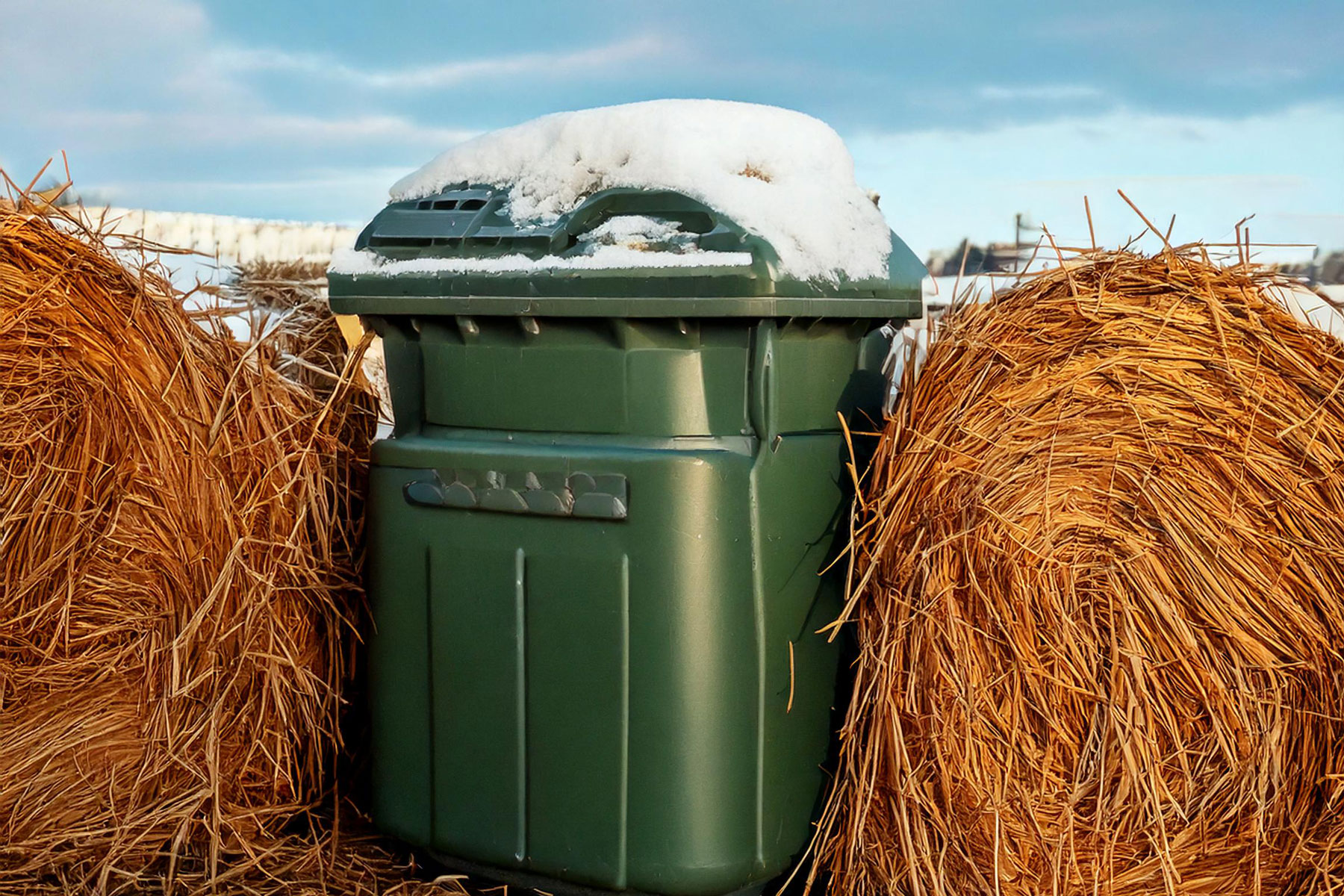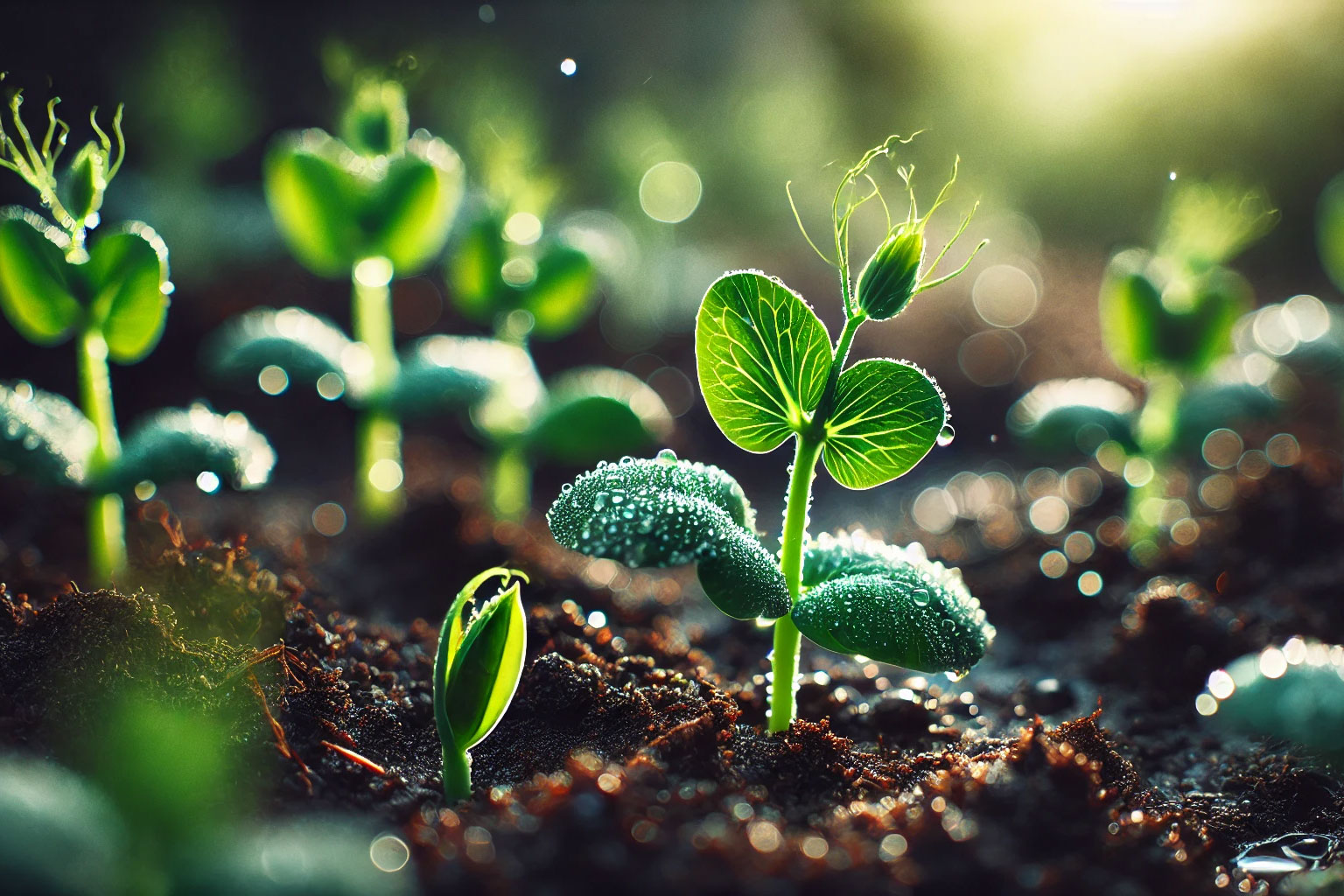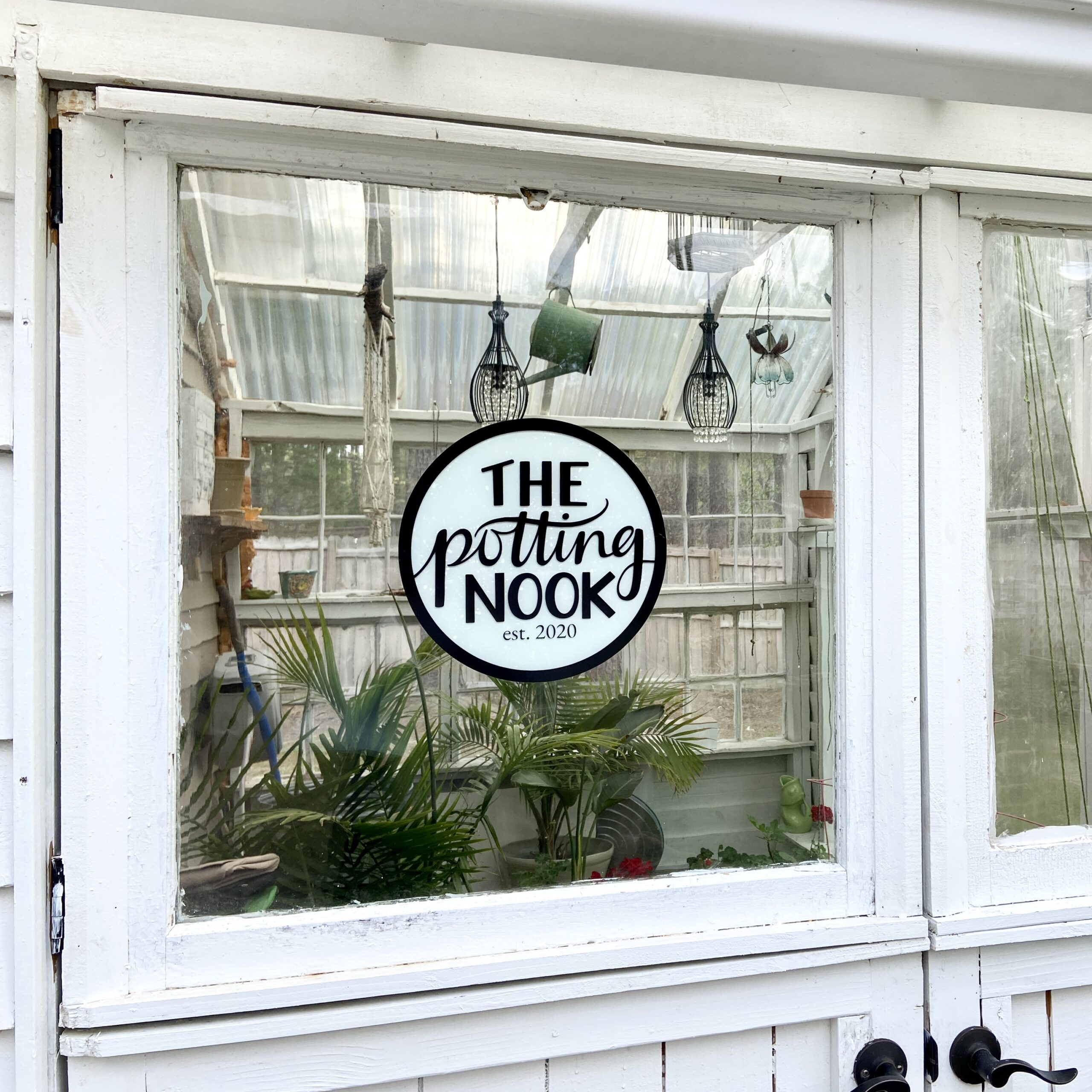Chill Out: Growing Cold Hardy Veggies Like a Pro
Did you know that some vegetables actually thrive in cooler temperatures? It’s true! These tough little plants are the superheroes of the garden world, ready to withstand Jack Frost’s icy touch. Welcome to the wonderful world of cold hardy vegetables!

As a seasoned gardener (pun totally intended), I’ve seen my fair share of frost-bitten plants. But let me tell you, there’s something magical about watching your garden flourish even as the mercury drops. So, grab your warmest gloves and let’s dig into the frosty facts about these cool customers!
What Are Cold Hardy Vegetables?
Cold hardy vegetables are the winter warriors of the plant kingdom. These resilient crops can tolerate, and in some cases even prefer, chilly temperatures. They’re the perfect solution for gardeners who want to extend their growing season or simply enjoy fresh produce year-round.
But what makes these veggies so special? It’s all in their genetic makeup. Cold hardy plants have developed unique adaptations that allow them to survive and thrive in cooler conditions. Some produce natural antifreeze compounds, while others have tougher cell walls that resist freezing damage.

Top 5 Cold Hardy Vegetables to Try
Ready to give your green thumb a winter workout? Here are five cold hardy vegetables that’ll have you harvesting happiness all season long:
1. Kale: The Frost-Kissed Superfood
Kale isn’t just a trendy superfood – it’s a cold weather superstar! This leafy green actually gets sweeter after a frost, as the cold triggers the plant to convert starches into sugars. Talk about a delicious defense mechanism!
2. Brussels Sprouts: Tiny Cabbages, Big Flavor
These miniature cabbage cousins are tough as nails. Brussels sprouts can withstand temperatures as low as 20°F (-6°C). Plus, they’re packed with nutrients and make a fantastic side dish. Roast ’em up with some bacon, and you’ve got a winter winner!
3. Carrots: Underground Treasures
Carrots are like nature’s candy canes – sweet, colorful, and perfect for winter! These root vegetables can be left in the ground and harvested as needed, even after the soil has frozen. Just add a layer of mulch for extra insulation.

4. Spinach: Popeye’s Cold Weather Favorite
Spinach is the Elsa of the vegetable world – the cold never bothered it anyway! This fast-growing green can be planted in late summer for a fall harvest or in early spring for a quick crop. It’s versatile, nutritious, and oh-so-delicious in salads or smoothies.
5. Garlic: The Vampire-Repelling Overachiever
Garlic is the ultimate cold hardy vegetable. Plant it in the fall, let it overwinter, and harvest in the summer. It’s like the gardening equivalent of “set it and forget it”! Plus, you’ll have a year-round supply of vampire protection. Win-win!

Tips for Growing Cold Hardy Vegetables
Now that you’re pumped about planting these frosty phenoms, let’s talk strategy. Here are some pro tips to help your cold hardy garden thrive:
- Timing is everything: Plant your cold hardy vegetables about 6-8 weeks before the first expected frost date in your area. This gives them time to establish before the real cold hits.
- Location, location, location: Choose a spot with good drainage and plenty of sunlight. Remember, shorter winter days mean less light, so maximize what you’ve got!
- Mulch madness: Apply a thick layer of mulch around your plants. This acts like a cozy blanket, insulating the soil and roots from temperature fluctuations.
- Water wisely: Cold hardy vegetables still need water, but be careful not to overdo it. Wet soil can freeze more easily, potentially damaging roots.
- Protect and serve: Use row covers, cold frames, or hoop houses to provide extra protection on extremely cold nights. Think of it as tucking your veggie babies in for bed!

The Cool Benefits of Cold Hardy Vegetables
Growing cold hardy vegetables isn’t just about having fresh produce in winter (although that’s pretty awesome). There are tons of other benefits too:
- Extended growing season: Keep your garden productive for more months of the year.
- Fewer pests: Many garden pests aren’t active in cooler weather, meaning less hassle for you!
- Improved flavor: Cold temperatures can enhance the flavor of many vegetables, making them sweeter and more delicious.
- Lower grocery bills: Growing your own food year-round can help reduce your produce expenses.
- Bragging rights: There’s nothing quite like serving a salad made with veggies from your winter garden to impress your friends!
Ready to dig deeper into the world of gardening? Spud-tacular news! Our Gardening page is blooming with expert tips, tricks, and green-thumb wisdom. From potato planting to pumpkin pruning, we’ve got the dirt on all things garden-related.
So, are you ready to embark on your cold hardy vegetable adventure? Trust me, once you experience the joy of harvesting fresh veggies in the dead of winter, you’ll be hooked! It’s time to embrace your inner frost farmer and show those cold hardy vegetables some love. Happy planting, and may the frost be ever in your favor!


